Disrupting Time: How Swiss Spies Infiltrated the US Tech Industry
Luxury Swiss watches are a must-have accessory for Hollywood’s stylish A-listers from Gray Man’s Ryan Gosling to Mission: Impossible’s Tom Cruise. It’s a fitting tribute to Swiss timepieces steeped in espionage history yet the US and Switzerland weren’t always in sync.

Disrupting time
Back in 1876, Swiss watch experts Jacques David and Theo Gribi landed in America on a mission to discover the secrets of US tech giants in the timekeeping industry. Their industrial espionage operation would shape the future. The initial target was the 1876 Centennial International Exhibition in Philadelphia, the first World’s Fair held in the US, and one company in particular caught their attention.
“In the second half of the 19th century, the Waltham Watch Company, as it became known, transformed the global watch market by bringing modern production, marketing, and sales techniques to an otherwise artisanal industry," author Aaron Stark writes in Disrupting Time.
The Waltham, Massachusetts-based watch company kept the US railways and most of America running with its precision timepieces in the 1800s - even President Abraham Lincoln had a Waltham pocket watch.

Switzerland and its spies take note
Swiss manufacturers including Patek Philippe, Vacheron Constantin, and Audemars Piguet - the ‘Holy Trilogy’ of watchmakers - were worried their comfortable slice of the market was under attack. They set up a trade industry group - Society of Jura Industries - to protect their interests but Switzerland’s worst fears were confirmed by Theo Gribi’s report from the World’s Fair.
Gribi, a mechanical expert who led the Swiss delegation to Philadelphia, tested 10 Waltham watches in the Fair's observatory. The results and Waltham’s impressive assembly-line exhibit, triggered Gribi’s alarming missive to Switzerland: “We have been left behind by our New World competitors.”
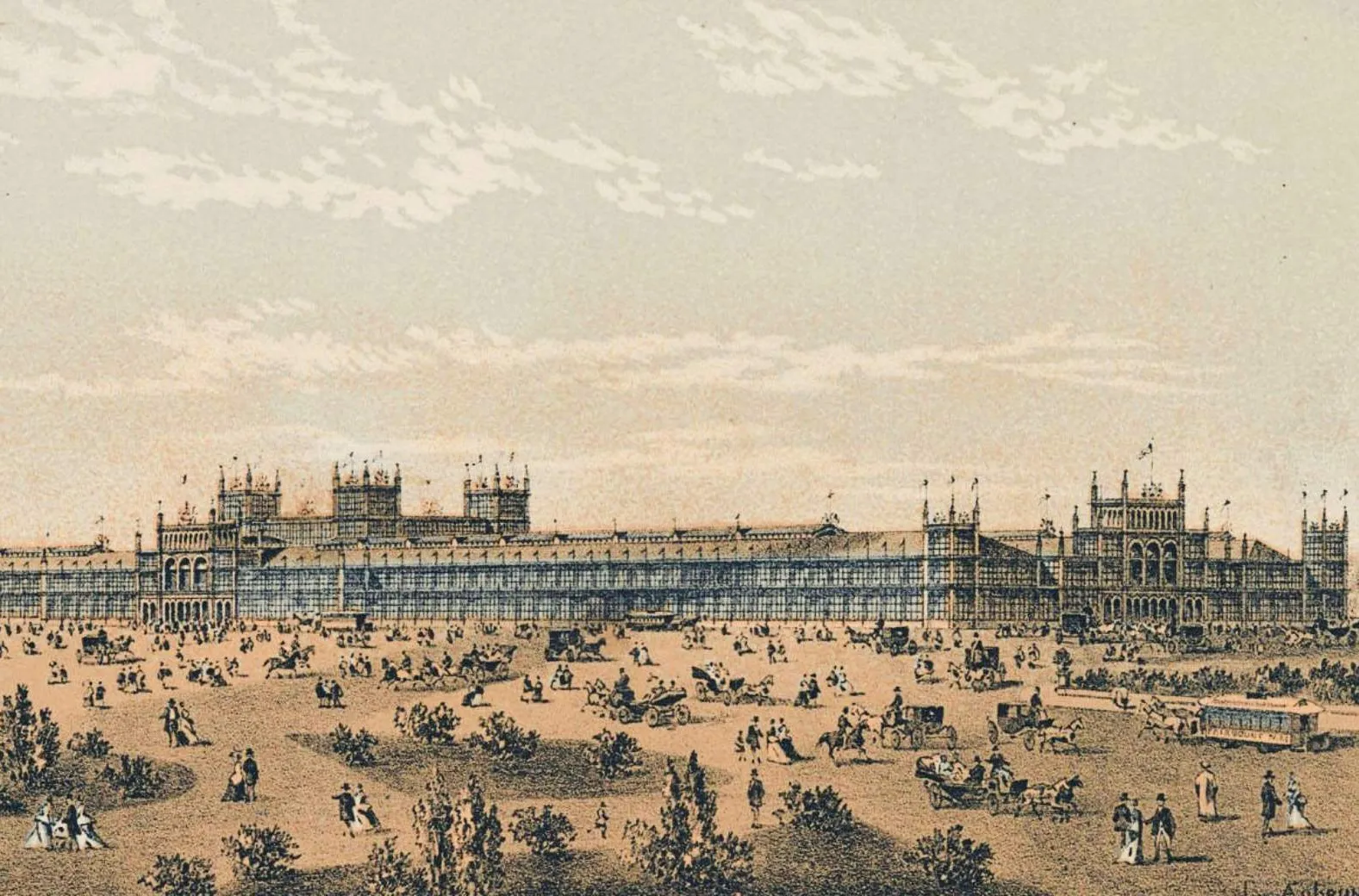
"The brand new social experience where you activate your gaming skills as you train like a spy."
- TimeOut
Take on thrilling, high-energy espionage challenges across different game zones.

Gathering business intelligence
The Swiss soon dispatched Jacques David, a technical director and later head of Longines Watches, to join Gribi and carry out a study of the US watchmaking industry. In addition to the nuts and bolts of manufacturing, David was interested in Waltham's culture of innovation, its managerial systems, factory operations, unit costs, distribution methods, and sales techniques. The duo would need to look further afield than the World’s Fair to gather their intelligence.
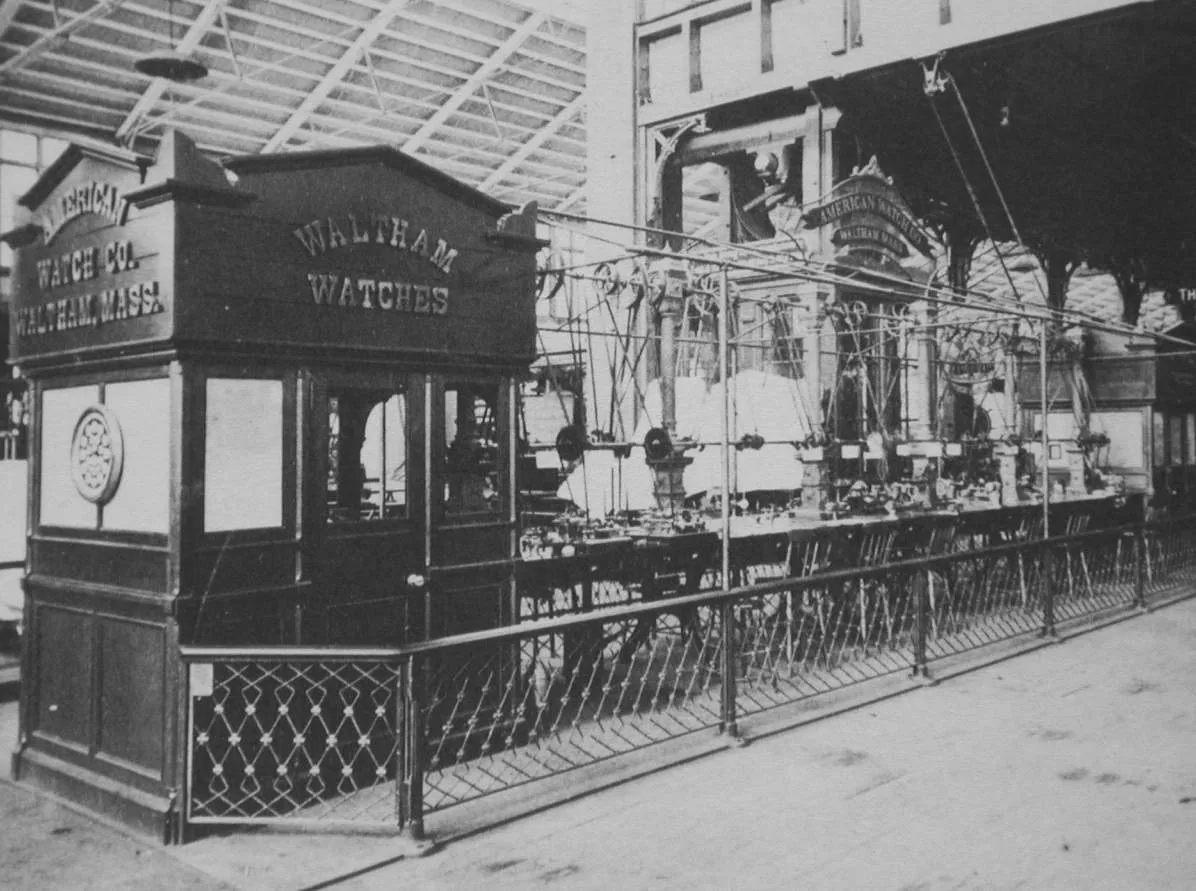
They’d also need to cultivate inside sources. Luckily, Jacques and Gribi met Ambrose Webster during their US tour. Webster, retired after 19 years with Waltham, had been responsible for fabricating the Waltham machines used to make watches.
He attended the Fair as an observer and would become a key contact and source of intelligence - one of many company 'spies' David would run as he gathered inside information.
Between mid-August and November 1876, Jacques David and Theo Gribi toured America’s factories - including Waltham’s competitor Elgin - which allowed them to create sketches, diagrams of tools, and compile detailed intelligence about US manufacturing techniques and management. They produced a report numbering more than 100 pages which the Swiss quietly distributed to a limited number of watchmakers and then suppressed the information, according to Richard Watkins who translated David’s report from French to English.
The US was being invaded by industrial spies, even if they didn’t know it quite yet.
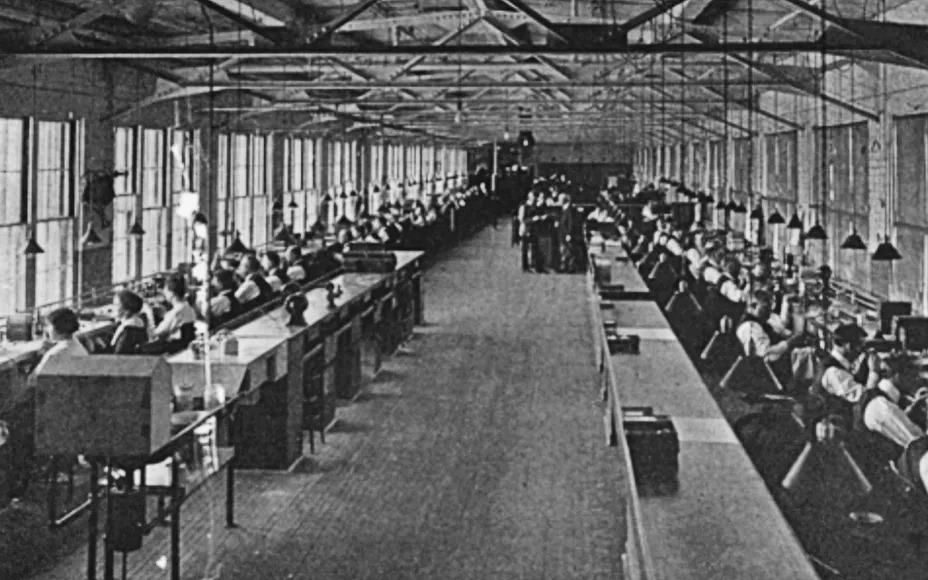
Slipping behind enemy lines
David believed Waltham could produce 360 watches per day whereas its competitor Elgin could only produce 260 a day and the rest of the competition only about 85 timepieces a day. What was Waltham’s secret?
Determined to find out, David traveled to Waltham, Massachusetts, just west of Boston, and slipped through the company’s gates before the 7 am whistle blew - it was a daring move, but he’d taken precautions.
"Fortunately, a thick mustache and fit frame gave him a striking resemblance to the ordinary Waltham worker,” Stark writes in Disrupting Time. “His French dialect was of little consequence as French Canadians were common in industrial New England and some Waltham workers were immigrants from Switzerland."
In spy speak, David had ‘gone gray’, blending in with his surroundings. As David stealthily moved around Waltham’s departments, he found a dedicated workforce that didn’t drink or smoke on the job. In fact, they barely spoke, whistled, or sang - a sharp contrast to Swiss workplaces. There was no yelling and no sign of slavery, David later reported: “Some workshops are decorated with curtains, paintings, photographs of the workers, flowers, etc.”
David wasn’t in Waltham to smell the roses though. He wanted a sneak peek behind enemy lines and the opportunity to meet Waltham workers he might be able to convert into industrial spies.
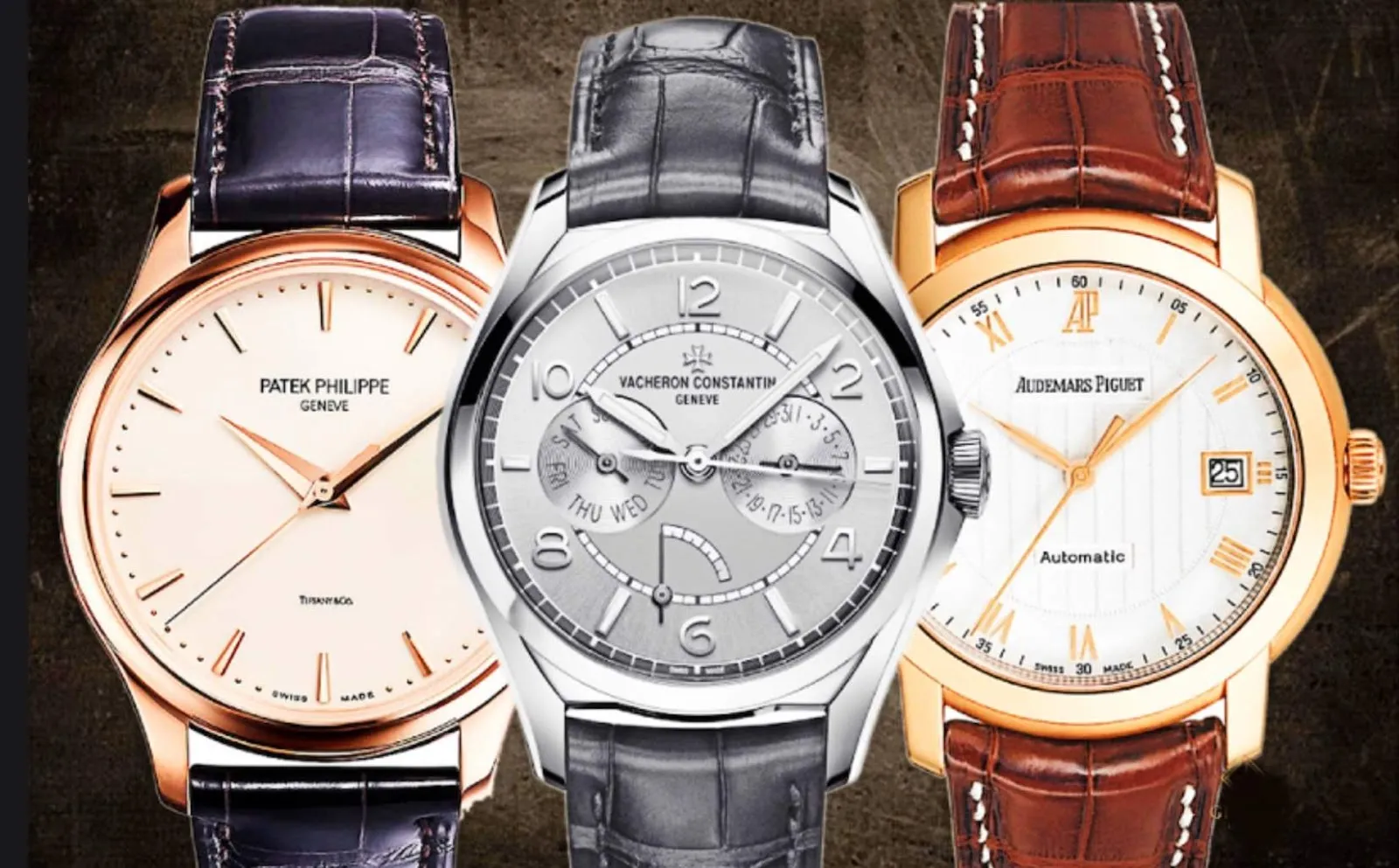
Hiding in plain sight
Jacques David wasn't the first - and certainly not the last - industrial spymaster. China’s silk and porcelain industries were targeted long before America’s watchmakers. David was able to slip in and out of factories easier than most because his company, Longine, wasn’t a well-recognized brand at the time. When David or Gribi made a polite request to tour a US factory, they weren’t considered serious competition so their interest didn’t raise eyebrows. Some factories even offered tours to the public so competitors need not identify themselves at all.
While Disrupting Time doesn't go into details about David's disguises, Stark noted the Swiss spy likely gained entry to workshops or factories dressed either as a staff member or distinguished visitor. "The business of infiltration... is by no means as difficult as some might imagine,” British private investigator Peter Heims wrote in his 1982 book on industrial espionage. “Access to premises whose security is supposedly strict is often laughably easy.”
In any event, the ruses worked. Even after returning to Switzerland, US industrial spies were sending David production statistics and reports. Were they paid informants? It’s possible, although the money wasn’t recorded in David’s report.
Despite the obvious advantage of having inside information on US operations, Swiss watchmakers initially buried their heads in the sand, prompting David to write a second fire-and-brimstone report - this one much shorter, condemning the industry for its complacency, according to Watkins’ translation.
David was pushing to establish groups of manufacturers and associations; regulate gold and silver standards; develop horological schools; introduce patents; create mechanics’ workshops; standardize screws, and; introduce more machinery - nearly all of the main developments eventually adopted in Switzerland from 1877 onward.
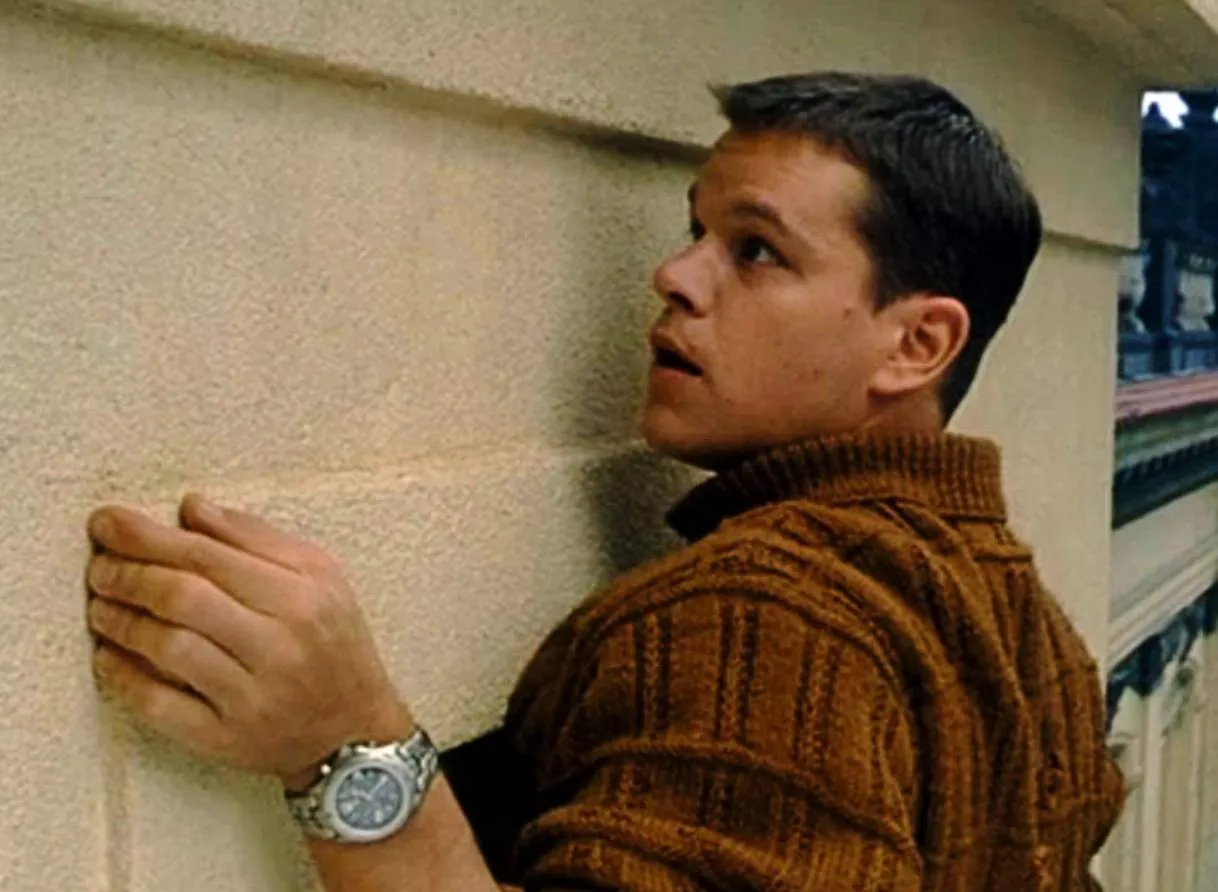
The Swiss revolution
Gribi went native after his US tour. He’d met an American woman at the Fair, married, relocated permanently to the US, and found work with Waltham’s competitor, Elgin, and later with Waltham itself. The Swiss expert was now firmly embedded in the American Horological Society but there’s no evidence he was a double agent.
Switzerland’s watch industry, meanwhile, moved grudgingly with the times. By 1882, there were 83 Swiss watchmaking 'factories' - most little more than workshops - and by 1888, there were 170 factories. New geographic centers of manufacturing sprung up and Bern became the Swiss home of Rolex, Omega, and Heuer (later TAG Heuer). Switzerland even banned alcohol and hangovers at work to improve production and safety measures. Still, the gains were incremental. It took two generations before the majority of Swiss watchmaking took place under the factory system.
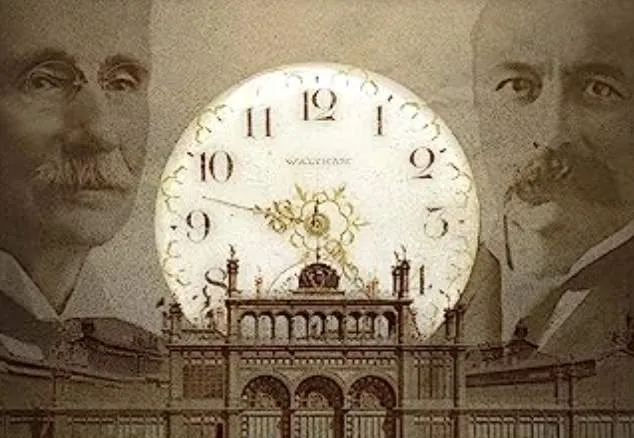
Waltham’s time had come
As for Waltham, the American company was blissfully unaware of the changes taking place in Switzerland where watchmakers had their eye on the luxury market at home and abroad.
Waltham was focused on owning the US and foreign markets for inexpensive quality watches. The strategy would ultimately prove to be its undoing, however. The company was continuously forced to cut costs to win the price war against its US competitor, Elgin. At the turn of the century, Waltham’s finances took a turn for the worse.
Despite a boom in wartime production - at one point, Waltham made US Army pocket compasses - the company struggled under poor management, a lack of innovation, and economic decline.
A 1948 bankruptcy application was followed by a string of new owners including - in what must have been a humbling takeover - a Swiss consortium and later SGT, a federation of Swiss watchmakers. Although Waltham was still ticking along behind Timex and Bulova in the ‘70s, SGT finally terminated operations in 1981. Waltham’s time was up.
SPYSCAPE+

Join now to get True Spies episodes early and ad-free every week, plus subscriber-only Debriefs and Q&As to bring you closer to your favorite spies and stories from the show. You’ll also get our exclusive series The Razumov Files and The Great James Bond Car Robbery!


Gadgets & Gifts
Explore a world of secrets together. Navigate through interactive exhibits and missions to discover your spy roles.
Your Spy Skills
We all have valuable spy skills - your mission is to discover yours. See if you have what it takes to be a secret agent, with our authentic spy skills evaluation* developed by a former Head of Training at British Intelligence. It's FREE so share & compare with friends now!
* Find more information about the scientific methods behind the evaluation here.


Stay Connected
Follow us for the latest
TIKTOK
INSTAGRAM
X
FACEBOOK
YOUTUBE